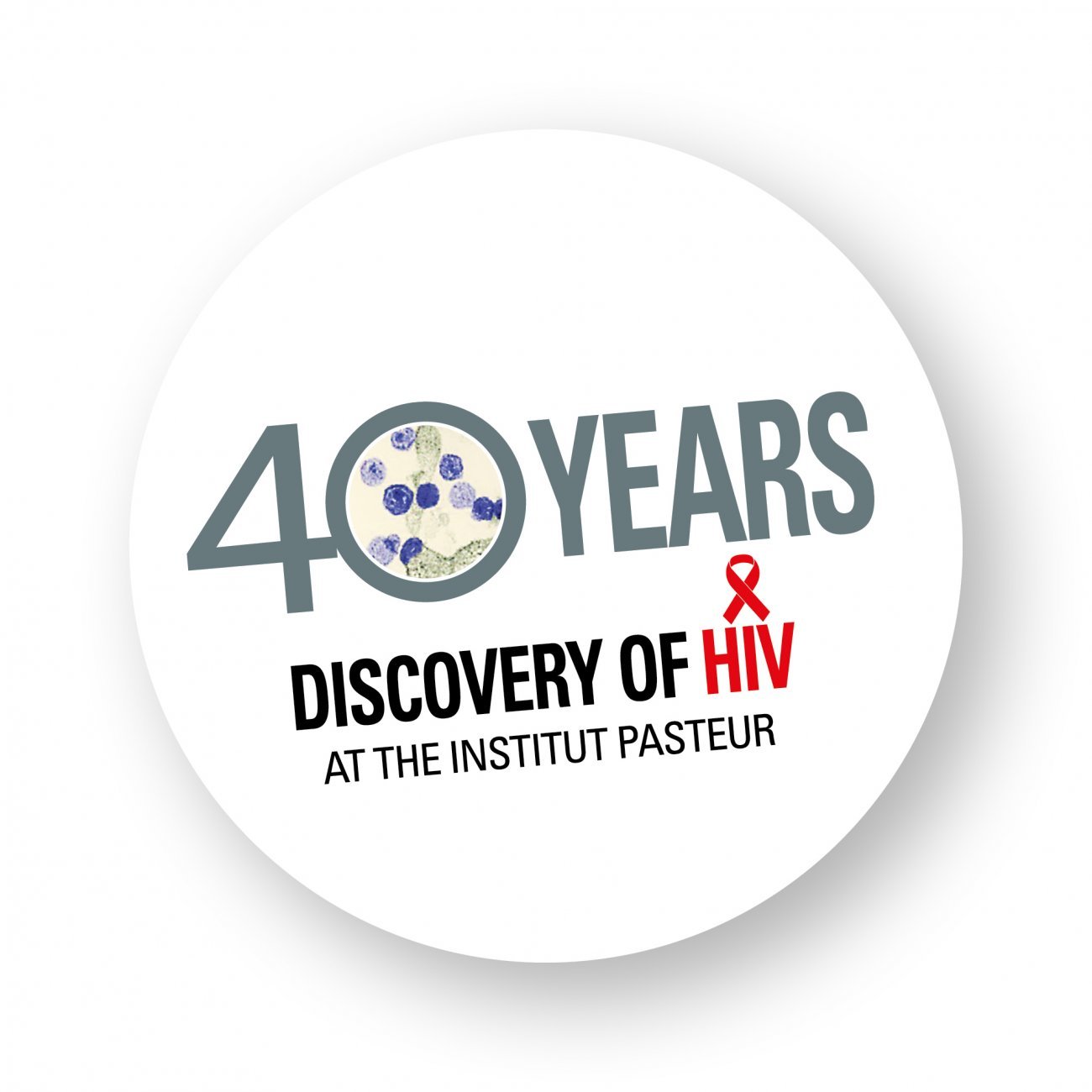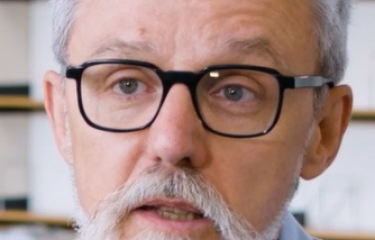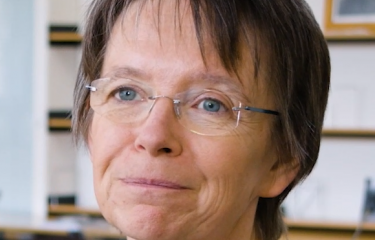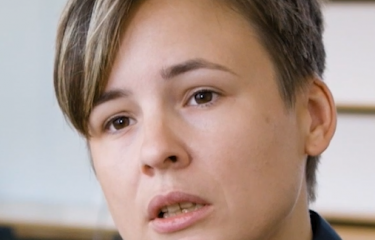In 1983, the AIDS virus, HIV, was isolated by virologists at the Institut Pasteur. This new virus, which was completely unknown at the time, was a source of fear and rejection for infected people. And while there have been advances in scientific knowledge over the decades – for example, we now know that if a virus cannot be detected in the blood, it cannot be transmitted –, there are still many misconceptions about HIV, especially among young people, as Jennifer Pasquier, Scientific Director at French HIV/AIDS charity Sidaction explains.

|
This interview is the third in a series of testimonies from representatives of patient organizations to mark the 40th anniversary of the discovery of HIV. |

12 to 17% of 15 to 24-year-olds still think that you can contract the virus by kissing, drinking from the same water glass as someone living with HIV, or even coming into contact with their sweat.
Jennifer PasquierScientific Director at Sidaction
What has changed over the past 40 years in the fight against HIV?
Jennifer Pasquier: There have been many changes in the past 40 years. We have learned a lot, largely as a result of science and research. But unfortunately, especially among young people, there are still a lot of misconceptions about the virus.
An IFOP survey conducted in March 2023 for Sidaction1 revealed, for example, that 12 to 17% of 15 to 24-year-olds still think that you can contract the virus by kissing, drinking from the same water glass as someone living with HIV, or even coming into contact with their sweat. Those are worrying percentages, especially as these misconceptions also still prevail among older people. Another alarming figure is that half of all young people don't know where to go to get tested.
So it's clear that we need to inform people, and that there is a real gap between progress in science, what we know about the virus, and what people know.
What has changed as a result of research? What discoveries have made a real difference?
J. P.: Research, which is central to the fight against HIV, has changed a huge number of things. It has saved many lives, and it has enabled many people living with HIV today to lead a "normal" life because of the treatments available.
In my view the key milestone was the introduction of antiretroviral therapy, the famous ART, in the 1990s. For people receiving effective treatment, this means that the virus no longer replicates, it is undetectable in the blood and can no longer be transmitted.
You have brought along a video cassette. Can you tell us about it?
J. P.: It's a video of the Freddie Mercury Tribute Concert, which took place on April 20, 1992, after the death of Freddie Mercury. My dad was a great Queen fan and I grew up to the sound of Freddie Mercury songs. When the concert was held, to raise money for research, I was around 10 years old. It was the first time I had heard of AIDS and AIDS research.
It had a decisive impact on my future, as 30 years after the concert I am now the Scientific Director at Sidaction. It made me want to find out more about the virus and to pursue a career in research.
What message would you like to share with scientists and society at large?
J. P.: The message that I would like to pass on to scientists is "thank you!" I would like to thank them for all their work over the past 40 years, and for their continued work, because the fight is not over, we still need new treatments and above all we need preventive and therapeutic vaccines to rid ourselves of the virus.
And with society more widely, I would like to share a message of empathy, action and education. Education, because people need to learn about HIV and AIDS. And action, because we need to stop the stigma, to stop discriminating against people living with HIV. Lastly, I would like to pass on a message of hope, that we would move towards a world where people no longer have to suffer from this virus.






